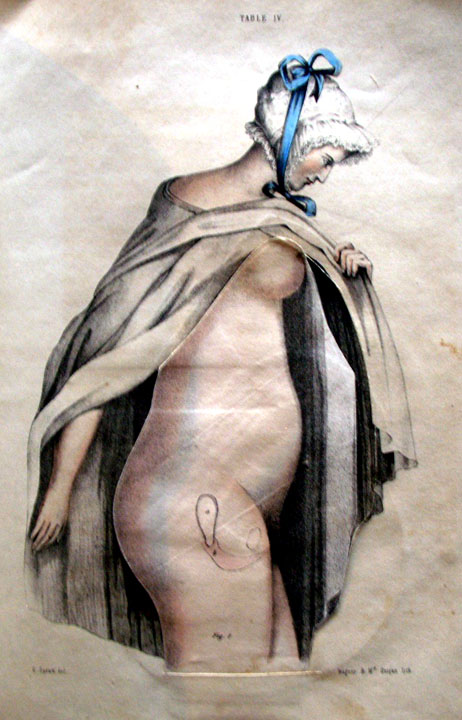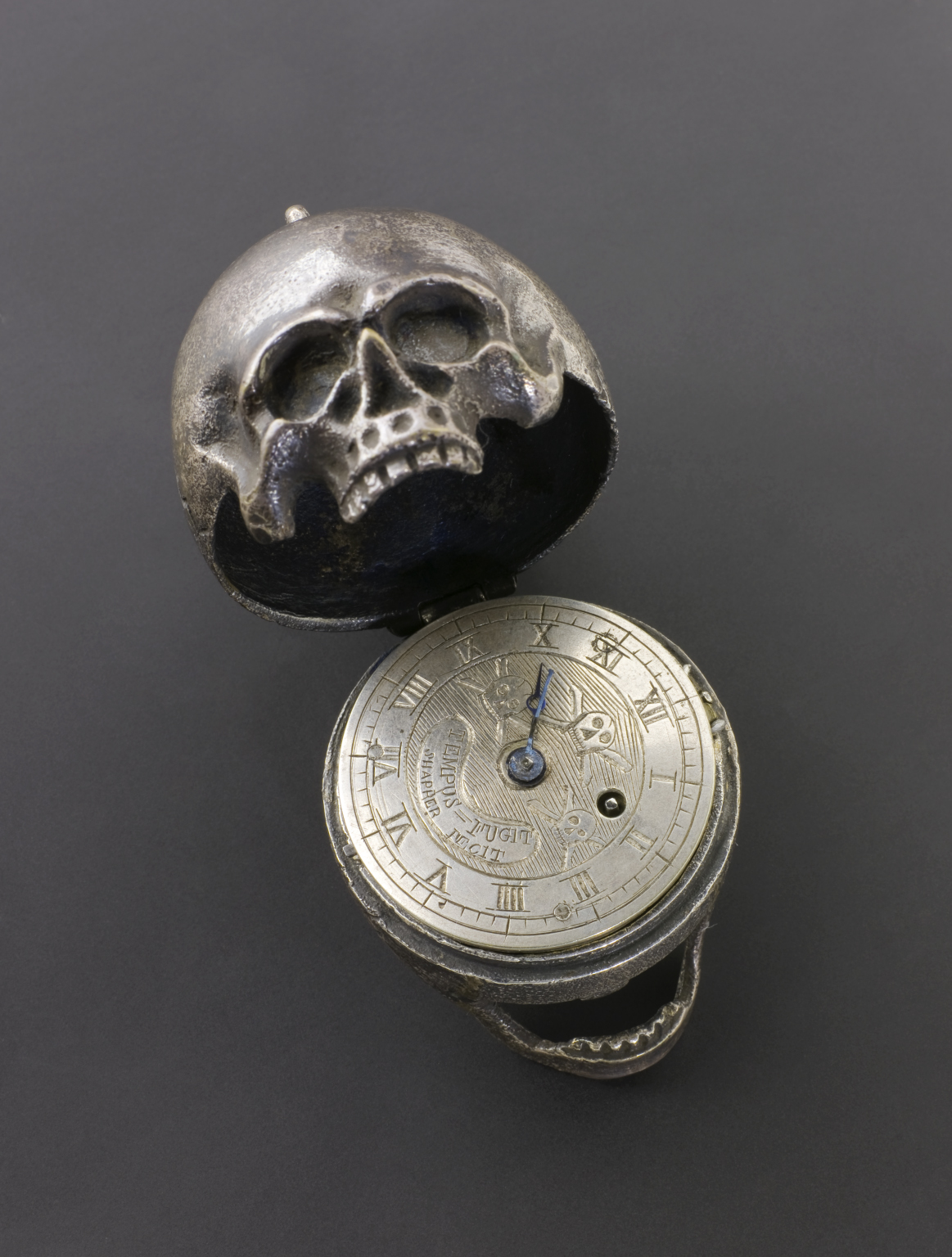
This Thursday, April 1st (April Fools Day! Yes, we know, and no, this is not a trick!) we at Observatory will be celebrating our 1st birthday with a party and a lecture. Come early--the evening will begin at 7:00--to enjoy DJ Davin Kuntze spinning 78s on his Victrola and your first glass(es) of wine. At 8, we will file into Observatory for David Suisman's lecture "The Birth of the Music Industry: Phonographs, Song Factories, and the Selling of Sound" (see below for details). Stick around for the free after-party, and enjoy DJ Platterhead (aka music journalist John Swenson) spinning from his incredible collection of 45s. And, of course, there will be drinks. Many of them.
Hope to see you there!
The Birth of the Music Industry: Phonographs, Song Factories, and the Selling of SoundYou can get directions to Observatory--which is next door to the Morbid Anatomy Library--by clicking here. You can find out more about Observatory here, join our mailing list by clicking here, and join us on Facebook by clicking here.
A reading and illustrated lecture by David Suisman, followed by Observatory's 1st birthday party celebration!
Date: Thursday, April 1 (April Fools Day. Yes, we know!)
Time: 8:00 PM (Music and drinks begin at 7:00 PM)
Admission: $5
***Happy First Birthday, Observatory! To celebrate, come early (7:00 PM) and enjoy antique melodies played at 78 rpm on DJ Davin Kuntze's old Victrola, accompanied by drinks. Following the lecture, please join us for a party featuring drinks, snacks, and the sound stylings of DJ Platterhead (aka music journalist John Swenson), spinning vintage 45s from his own collection. Admission to party is free. Please Note: This is NOT an April Fools prank. There will really, truly be a party! And a lecture. Hope to see you there.
We are immersed in music. We hear it virtually everywhere, from cars to restaurants to airports, not to mention the mobile sounds that reach our ears via iPods and ringtones. This is not a “natural” state of affairs, a simple by-product of people’s love for melody. Rather, this musical culture was created a century ago, David Suisman will show, when the modern music industry took shape. From Tin Pan Alley to grand opera, player-pianos to phonographs, the rise of the music business lay the foundations of today’s aural world and produced many of the ideas and assumptions we hold about music today.
In his acclaimed new book Selling Sounds: The Commercial Revolution in American Music, Suisman explores the formation in the early twentieth century of a radically new musical culture, driven by new products, technologies, and commercial strategies to incorporate music into the daily rhythm of modern life. Popular songs filled the air with a new kind of musical pleasure, phonographs brought opera into the parlor, and celebrity performers like Enrico Caruso captivated the imagination of consumers nationwide. In tonight’s lecture and reading, Suisman will uncover the origins of this new kind of culture industry and chronicle how music ignited an auditory explosion that still reverberates today.
***
David Suisman’s first book Selling Sounds: The Commercial Revolution in American Music was published in 2009 by Harvard University Press. It appeared on numerous year-end Top Ten lists and was named a Choice Outstanding Academic Title of 2009. He is also co-editor (with Susan Strasser) of Sound in the Age of Mechanical Reproduction (University of Pennsylvania Press, 2009). His articles have appeared in The Believer, Social Text, the Journal of American History and other publications. He is also an occasional disc jockey at WFMU and an assistant professor of history at the University of Delaware. He lives in Philadelphia.
Image: "Edison Phonograph magazine ad from around October of 1904, depicting a two-minute cylinder record-playing phonograph." Via Carolina History Project.


























